It’s true what they say: the world needs science and science needs women.
Women have come a long way in making significant contributions to science and these include discoveries on radiation. For one, we have Marie Curie who is undoubtedly the most famous woman in radiation science. She is the first female Nobel Prize winner who discovered radium and polonium with her research partner and husband Pierre Curie.
Aside from Marie Curie, many other women pursued a career in science and contributed to our modern understanding of radiation. Let’s take a look at their profiles:
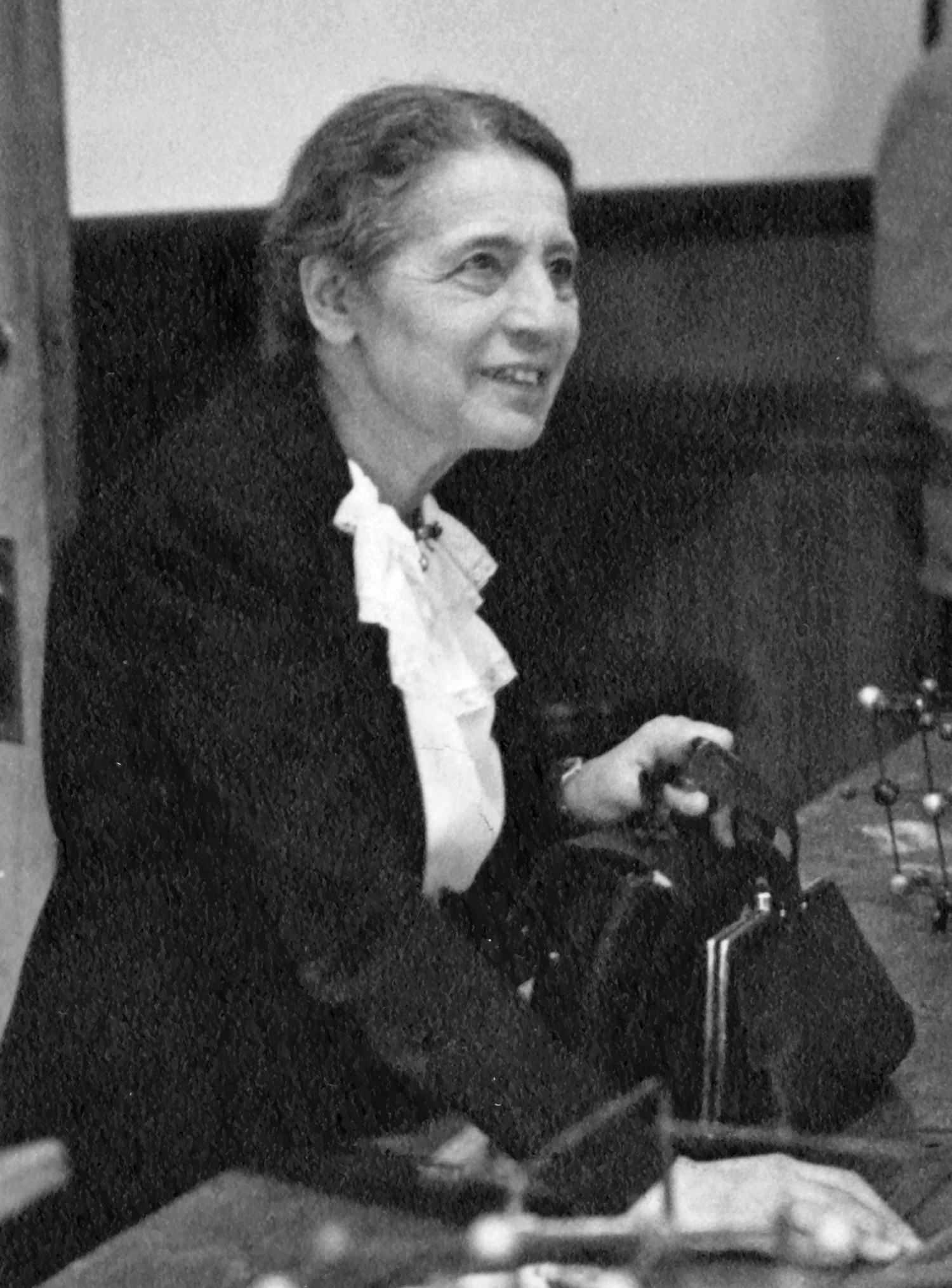
Lise Meitner (1878-1968)
- Dr. Lisa Meitner was one of the first women to earn a doctorate from the University of Vienna and was the first female physics professor in Germany.
- Alongside Otto Hahn, she discovered protactinium, a scarce radioactive element.
- She coined the term “fission” when she and her colleagues found out about the splitting of uranium atoms that releases a large amount of energy. However, the Nobel Prize committee snubbed her work for this discovery and gave the award exclusively to her colleague Otto Hahn.
- She was offered a position on the Manhattan Project but refused, saying, “I will have nothing to do with a bomb.”
Edith Quimby (1891-1982)
- Quimby was a pioneering female physicist. She was one of the founders of nuclear medicine and discovered safe uses for X-rays. Her early work focused on the effects of radiation in medicine and setting proper dosages to limit side effects.
- With her work in establishing the properties of radium, she was the first woman to earn the Janeway Medal of the American Radium Society in 1940.
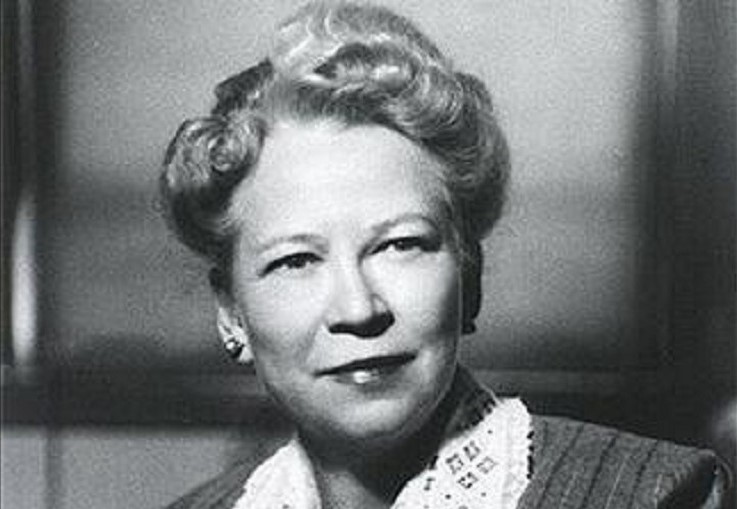
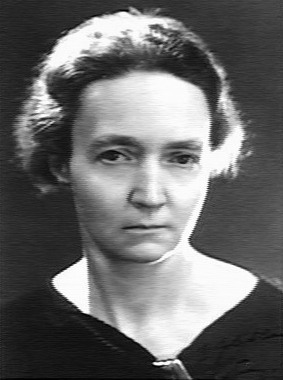
Irene Joliot-Curie (1897-1956)
- Daughter of Marie Curie, Irene worked with her mother on the World War I battlefield as a nurse radiographer.
- Alongside her husband Frederic Joliot, she won the 1935 Nobel Prize in chemistry for calculating the accurate mass of the neutron and discovering that radioactive elements can be artificially produced from stable elements. This was after she exposed aluminum foil to alpha particles and discovered that the aluminum had become radioactive when the radioactive source was removed.
Tikvah Alper (1909-1995)
- Mentored by Lisa Meitner, Tikvah was a doctoral student in Berlin where she published an award-winning paper on delta rays produced by alpha particles.
- Because of her opposition to apartheid, she lost her position at the National Physics Laboratory in 1951. She then became an unpaid researcher in 1951 in London’s Hammersmith Hospital and worked her way up to 1962 when she became the director of the Radiopathy Unit.
- Her research legacy was at the time of the mad cow epidemic in 1986. Her previous irradiation work on the scrapie virus helped in understanding related diseases like the mad cow.
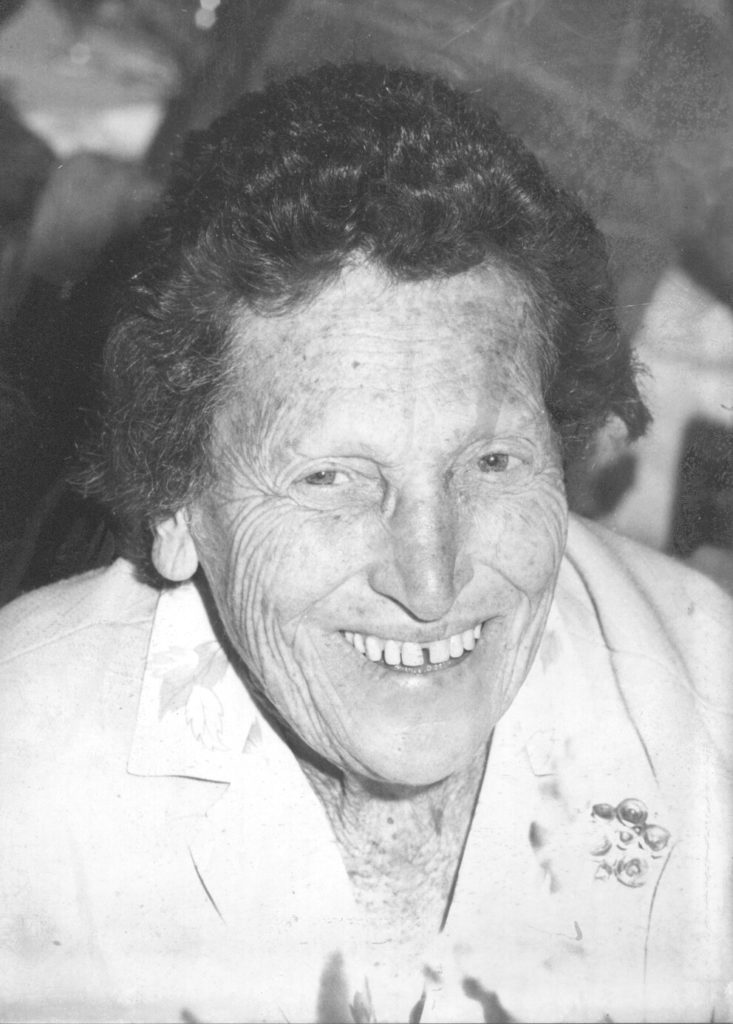
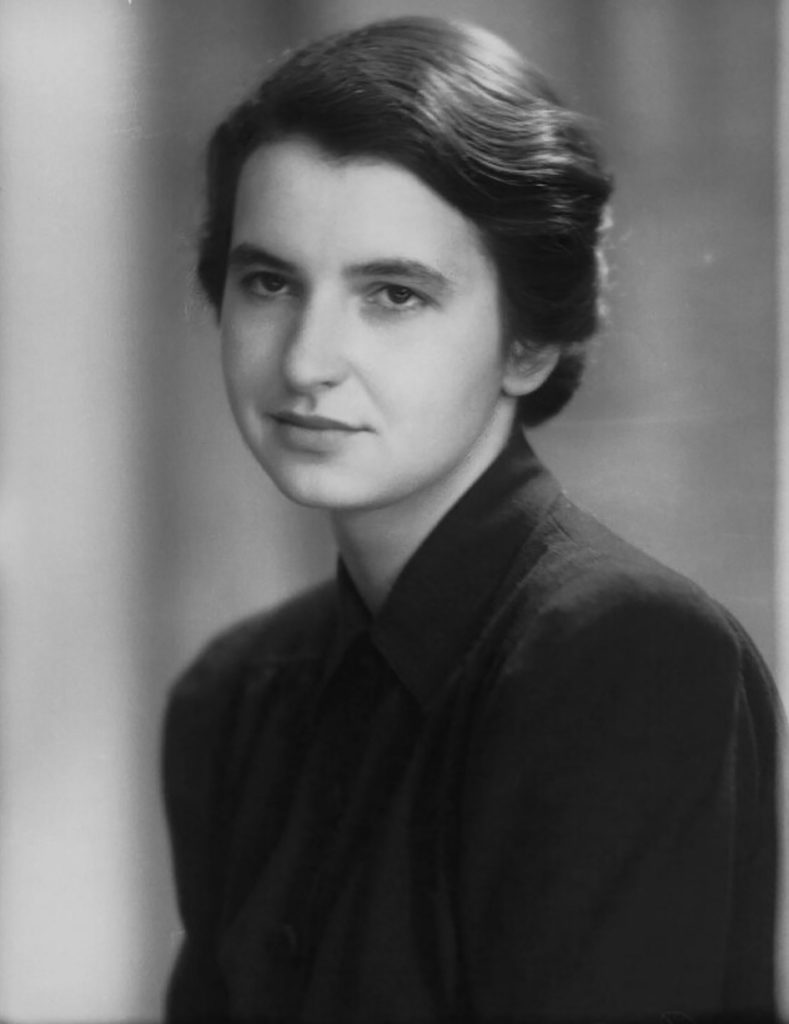
Rosalind Franklin (1920-1958)
- The British scientist used radiation science and confirmed that DNA is a double-helix. Her photos of DNA were the foundation of James Watson and Francis Crick’s Nobel Prize-winning study on DNA but the Nobel Committee didn’t recognise her contribution.
- Before she died of cancer, she attempted to study the dreaded polio virus with x-ray crystallography, the same method she used in obtaining an image of DNA. Her colleagues continued her work and were able to produce an image of the virus’ structure.
These are five of the women who have played a role in the advancement of radiation science. As a collaborative space, this and other fields of science have been proven to benefit from different perspectives including women. The world has witnessed this years ago—and is still evident today—as the best way to produce innovative inventions.